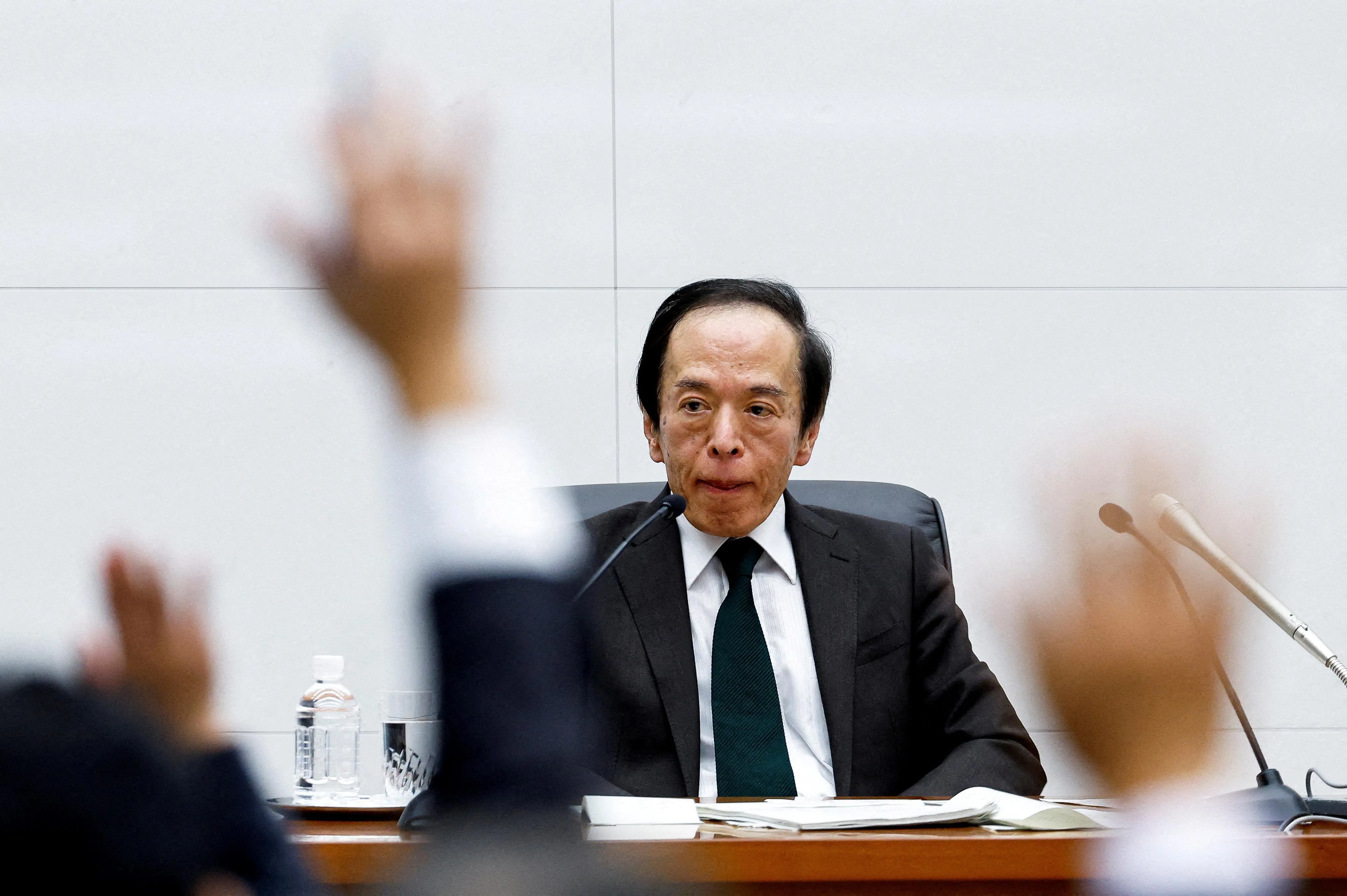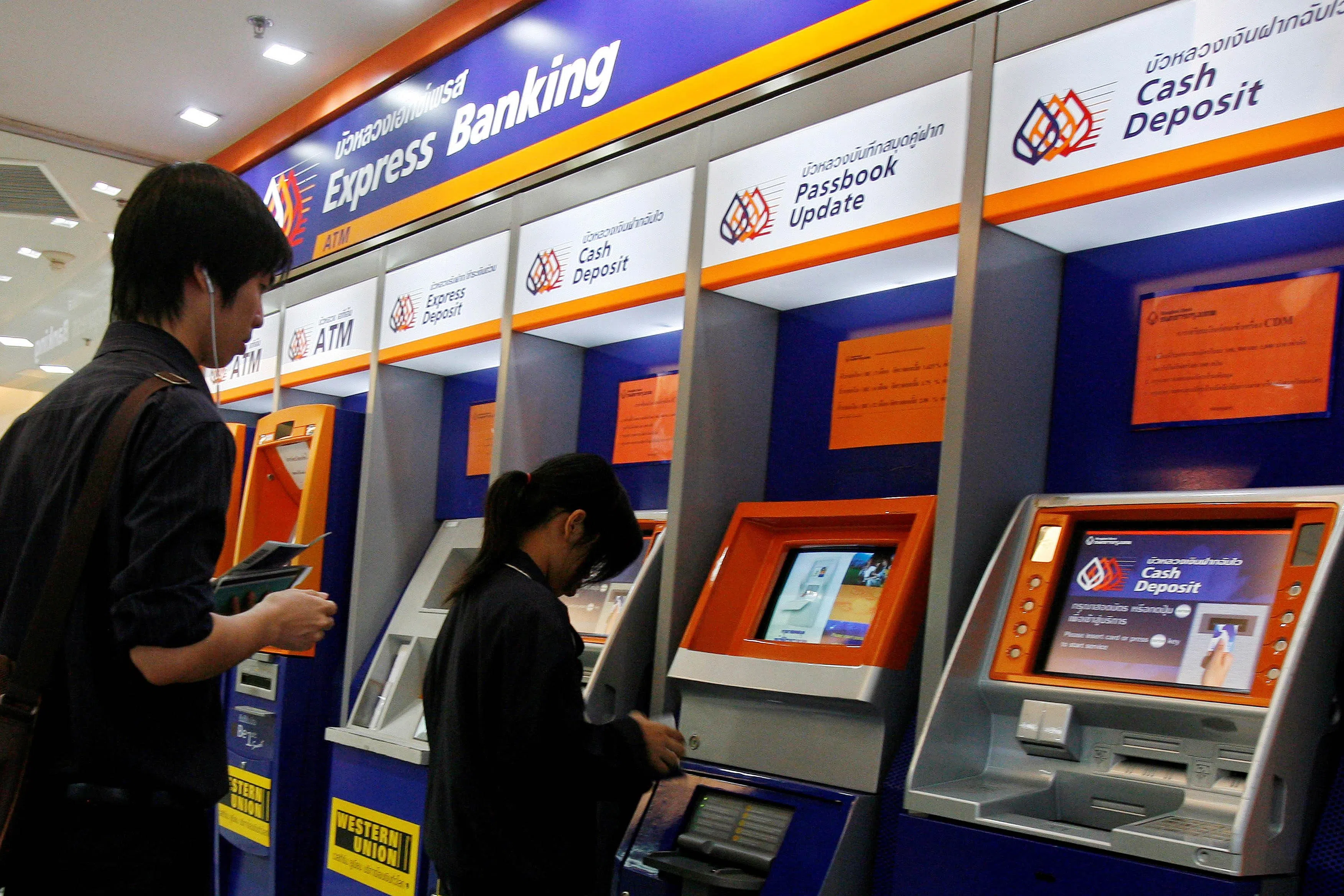THE Bank of Japan (BOJ) is widely expected to leave its benchmark interest rate unchanged on Friday (Apr 19), with investors focusing on any hints of a less dovish tilt as the yen trades around a 34-year low.
Governor Kazuo Ueda and his fellow board members are set to keep the short-term rate around 0 per cent to 0.1 per cent at the end of their two-day policy meeting, after the central bank called time on its massive monetary easing programme last month, according to all but one of 53 surveyed economists.
Just five weeks since that monumental shift, Ueda faces the challenge of striking a delicate balance between putting a floor under the yen while also supporting a fragile economic recovery.
The yen surprised Japanese authorities by retreating even after Japan conducted its first rate hike since 2007. The weak currency could spur cost-push inflation, and some executives at businesses that benefited from the depreciation of the currency have started to express concerns about the overall impact.
That has sharpened the focus of market players on whether the bank might send a clearer signal of policy normalisation this time around.
“The risk is rising for a front-loading of a rate hike in June or July,” said Ryutaro Kono, chief Japan economist at BNP Paribas. “The yen is likely to keep falling gradually,” as the government views intervention as insufficient to shift the tide in light of strong US economic data and escalating geopolitical risks in the Middle East, he said.
GET BT IN YOUR INBOX DAILY
Start and end each day with the latest news stories and analyses delivered straight to your inbox.
Suzuki’s warning
Japan’s finance minister reiterated warnings against excessive currency moves during an appearance in parliament on Tuesday.
“I think it’s fair to assume that the environment for taking appropriate action on forex is in place, though I won’t say what the action is,” Shunichi Suzuki said.
The BOJ’s latest quarterly inflation forecasts and its characterisation of the risks to its view are among the easiest ways the central bank could flick at the possibility of earlier rate hikes. Other potential areas include its bond-buying plans and the language the central bank uses to describe its purchases, according to some market watchers.
Governor Ueda has not ruled out responding to exchange rates with a policy move if the impact on prices is seen to be “non-negligible”. The yen fell to 154.85 versus the US dollar overnight, the weakest level since June 1990. Traders are on high alert over the possibility that Japanese officials might step back into the market to buy the nation’s currency, as they last did in 2022.
For now BOJ policy is continuing to weigh on the yen. Ueda has emphasised that he expects financial conditions to stay easy to ensure there’s no disruption to markets or the economic recovery stemming from the BOJ’s policy pivot. That message may have permeated markets too strongly, analysts say.
Bets by leveraged funds and asset managers on yen weakness increased to more than 173,000 contracts through Apr 16, the most on record in Commodity Futures Trading Commission data going back to 2006. It’s also the biggest short position among nine major currencies, according to Bloomberg calculations, making the yen vulnerable to a snapback, should the direction change.
People familiar with the matter said earlier this month that the bank is likely to discuss raising its projection for consumer prices excluding fresh food from the current 2.4 per cent in the current fiscal year, and forecast price gains of around 2 per cent in its first projection for fiscal 2026.
The recent rise in oil prices in addition to the surprisingly strong results of spring wage talks make it almost certain inflation forecasts will be revised higher. As a result, three-quarters of BOJ watchers say the assessment of the risk balance, and whether upward risks are highlighted, will be more important than usual this time. The bank said risks for prices are “generally balanced” in the previous report in January.
“If underlying inflation continues to go up, we would be very likely raising interest rates,” Ueda said in a speech last week in Washington.
Shigeto Nagai, former head of the BOJ’s international department, said that a policy reaction function has shifted under Ueda’s leadership, with priority placed on returning Japan to a world with positive interest rates. Still, he doubts the bank will respond to the weak yen, because the rate gap between BOJ and the Fed is just too wide for Japan to address on its own.
“With a limit on how high the rate can go in Japan, rushing to raise rates would wind up crystallising the fact there’s little room to move,” said Nagai, head of Japan economics at Oxford Economics. “It’s most effective to keep showing a readiness to hike rates for the currency.”
Any move by the BOJ aimed at buoying the yen could be overshadowed several hours after the policy announcement, with the US set to release the Federal Reserve’s preferred inflation gauge at 9.30 pm Tokyo time. Next week, Fed chair Jerome Powell will take centre stage as the US central bank concludes its meeting on May 1.
Bond traders are closely watching to see if the BOJ indicates a shift in its bond buying plans. A reduction could be taken as a signal of an additional normalisation step. After its March meeting, the BOJ pledged to keep buying almost the same amount of bonds as previously, or about six trillion yen (S$52.8 billion) per month. Ueda last week said the bank thought it would be “dangerous” to completely exit the market in one go.
“What bond market participants are monitoring is the guideline for purchasing long-term bonds,” said Naomi Muguruma, chief fixed-income strategist in Tokyo at Mitsubishi UFJ Morgan Stanley Securities. “Buying bonds is no longer a tool for policy objectives, but there is no change that the BOJ’s purchases have a big influence on the market.” BLOOMBERG




